Fires, Flues & Chimneys: What Can Go Wrong?
Whether your taste is for a cosy inglenook with an open fire or an eye-catching modern stove, the right solid fuel heater can add style and panache not just to the room it’s in, but to the entire house.
For many self builders and renovators, however, it’s not simply about aesthetics. Combined with other technologies, these can be genuine heat sources that form an important part of the overall energy performance strategy for your home.
The basics
As with most elements of a major project, it’s crucial you do your research before finalising the spec. What sort of fire do you want, and will it be used as a primary or secondary heat source? Do you want a formal fireplace and chimney or just a flue, and does the type of structure you’re proposing cater for the installation requirements?
Check back with your local authority, too, as some restrict the use of open fires and the fuel types you can burn.
An important step is to hire a suitably-qualified installer – look for HETAS or OFTEC registration for solid fuel appliances, and Gas Safe for gas. They’ll advise on specifications and, on completion of the installation, will provide a certificate to show that it complies with Building Regulations.
A certification plate is often fixed to the flue to verify testing has been undertaken. A warranty provider won’t usually cover these appliances unless there’s a suitable certificate in place.
Key considerations
Poorly specified and installed products will not only fail to perform effectively, but in some circumstances could be dangerous. So where can things go wrong? The most common causes of warranty claims tend to focus around poor workmanship and detailing. Here are some of the key areas you need to ensure are given full attention during the building process:
1. Adequate foundations The weight of a masonry chimney makes for a considerable point load, so suitable support is vital. The foundation depth for this aspect of your project should usually be the same as for the rest of the structure.
2. Flue position Generally, the more bends are included, the less effective the chimney and/or flue will be. In addition, gas appliance outlets must be away from door or window openings to avoid fumes coming back into the house and, if possible, not too close to structural elements such as lintels (and certainly not within the loading zone).
Pre-formed flue sections should be set correctly within the chimney. If accidentally laid upside-down, this will be costly to rectify – especially if the work has already been completed.
3. Chimney heights There are mandated minimum clearances for chimneys and flues above roof level, as well as maximum heights in relation to a chimney’s thickness. There are also specific considerations if you’re considering a room in the roof space as part of the build (or in the future) – so be certain these are accounted for. The chimney pot must also be suitable for the appliance and flue.
4. Fire opening The structure forming the fireplace should be of an adequate size for the appliance being proposed. This includes the position and size of the throat, hearth and structural support over the opening.
5. Materials selection There are minimum clearances from combustible materials to flue linings and appliance housings that must be adhered to – so ensure appropriate construction details are used within and close to the chimney structure.
6. Water penetration The chimney’s lower and upper damp proof course (DPC) trays must be installed at roof level in the right position. If the chimney is situated on an external wall, ensure that the throat/chest are properly finished and flashings are adequate. This is one of the most common causes of claims to warranty providers.
7. Poor design Another frequently overlooked issue is how well the fireplace draws up smoke and exhaust gases. Poor draw is often caused by a lack of adequate supplementary ventilation, which is particularly common with larger open fires.
8. Protection A poorly fitted stove or fire can be extremely dangerous, with the potential to be a silent killer via carbon monoxide poisoning.
The installation of a suitable detector, either as a standalone device or linked to a fire alarm system, is a vital but all-too-often forgotten part of specifying this kind of heat source.
Andy Butchers is a building surveyor with over 25 years’ experience in the construction industry – and regularly shares his knowledge to help self builders and renovators avoid and overcome issues on their projects. He is a director of Build-Zone Survey Services, which provides technical services for a number of warranty providers. Call 01732 744186 or visit www.bzss.co.uk to find out more.
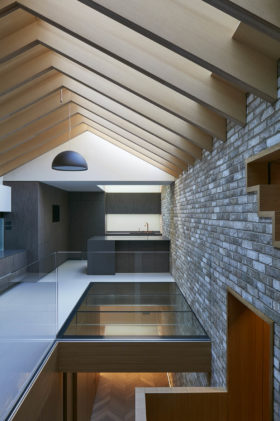
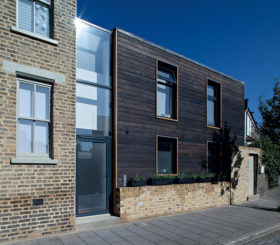
































































































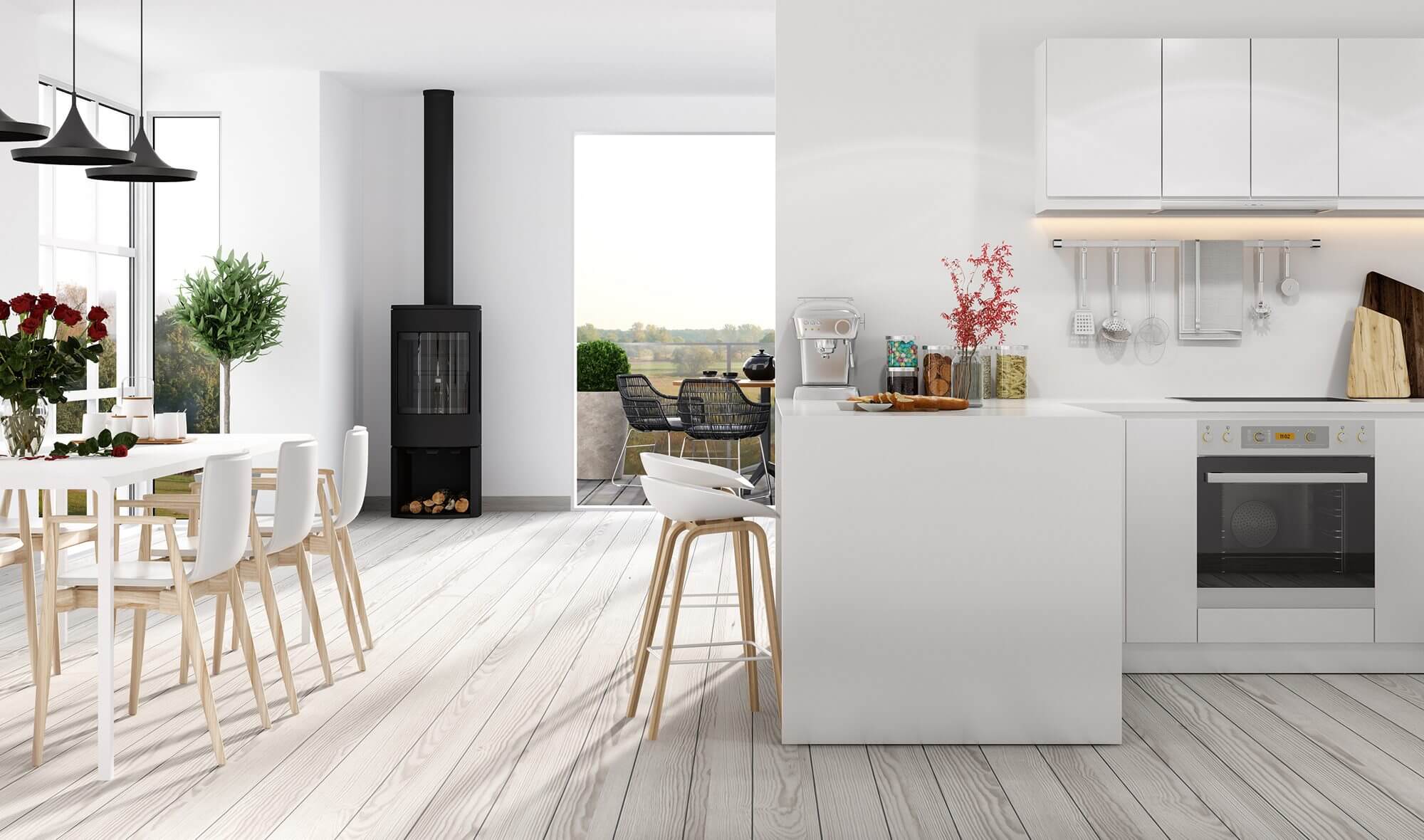
 Login/register to save Article for later
Login/register to save Article for later
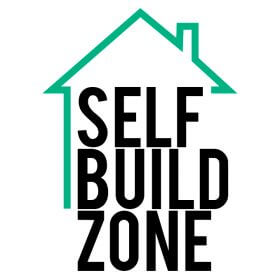



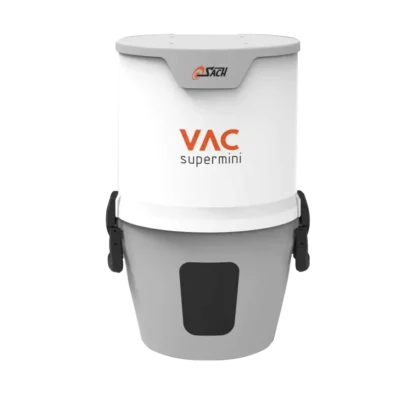
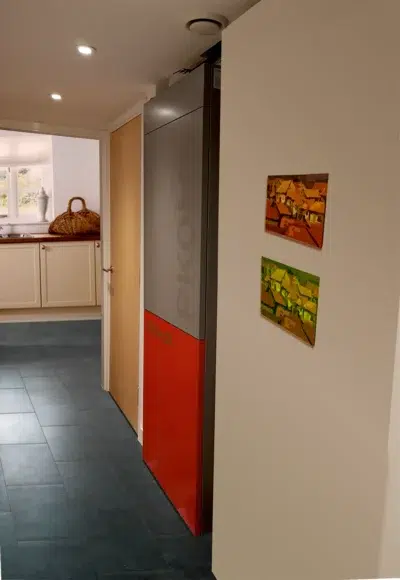
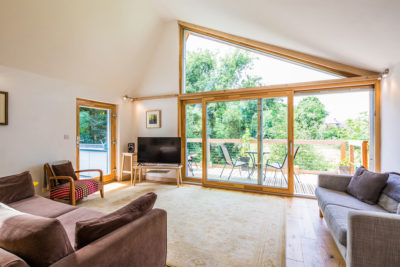
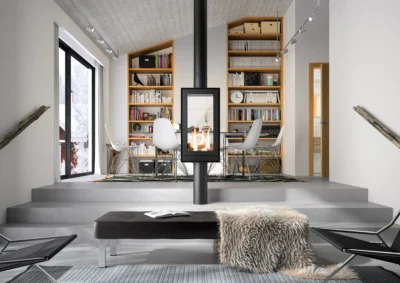





Comments are closed.